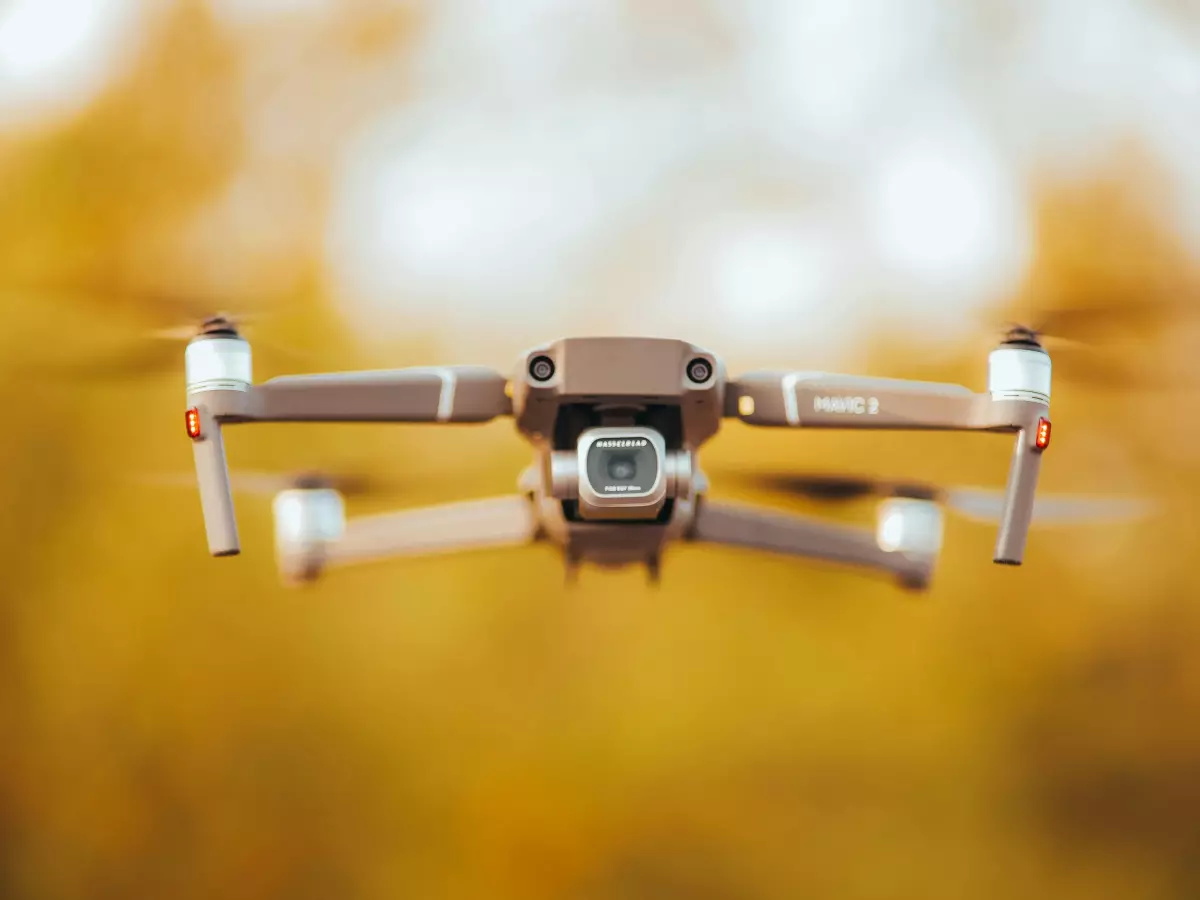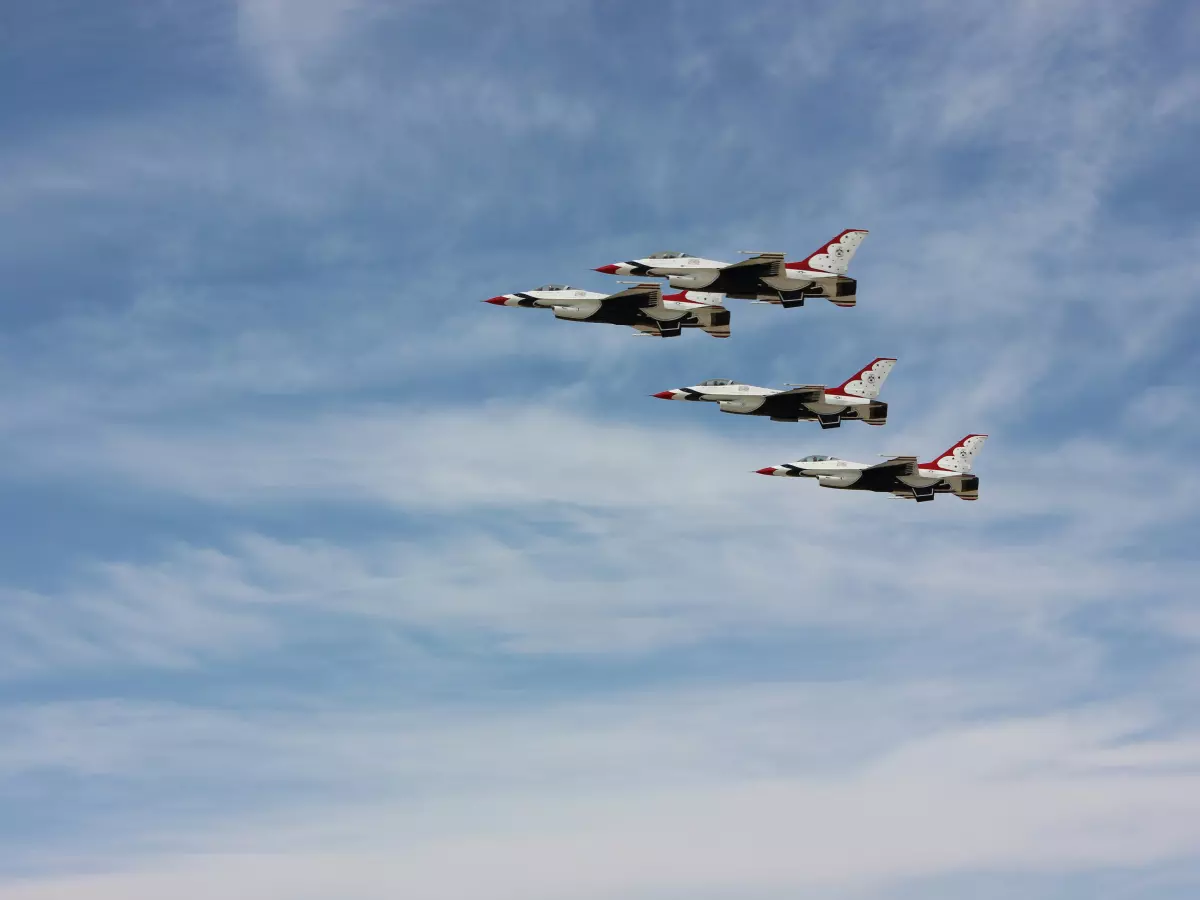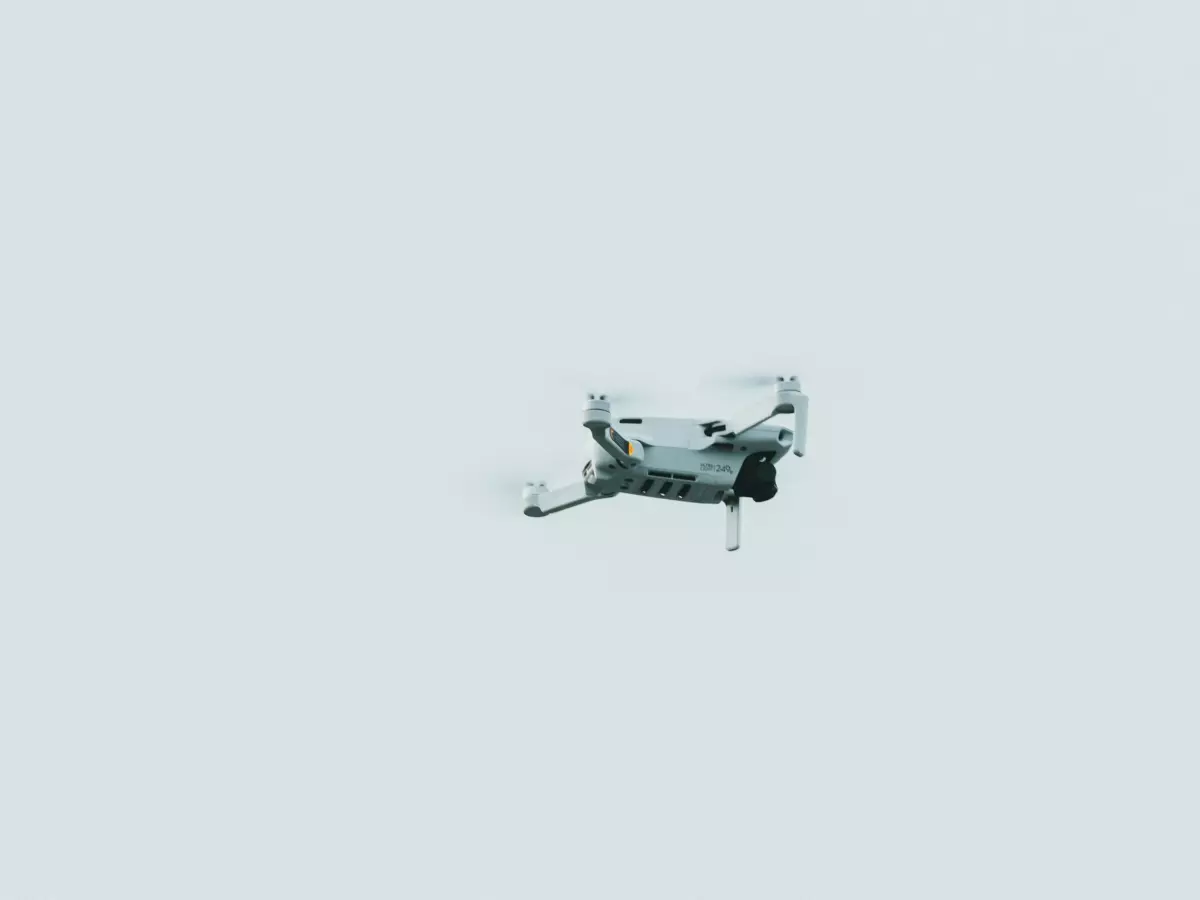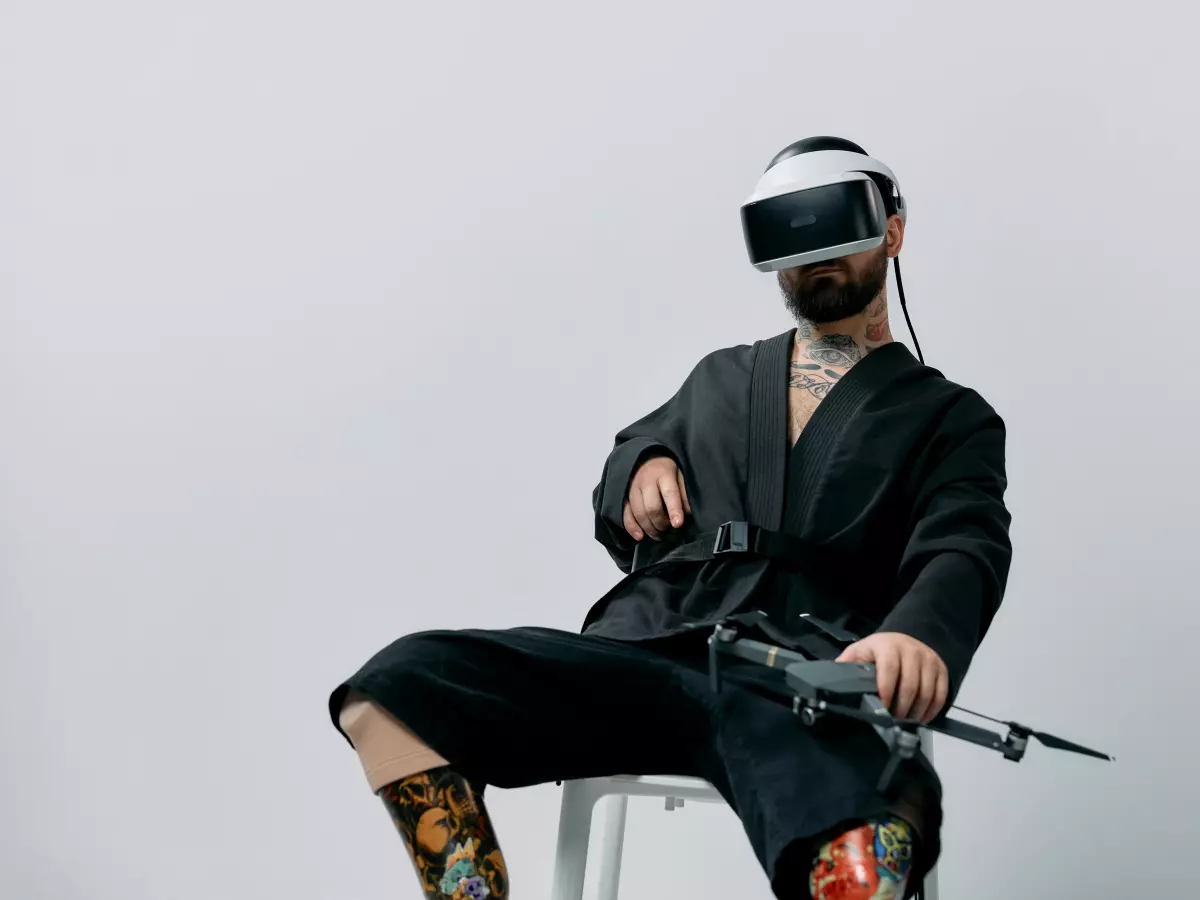Drone Brains Unleashed
Drones are no longer just buzzing toys or high-tech cameras in the sky. They're evolving into autonomous machines, capable of making decisions in real-time, thanks to the magic of sensor fusion and advanced flight control software.

By Nina Schmidt
So, what’s the deal with sensor fusion? Imagine a drone flying through a dense forest, dodging trees, birds, and maybe even the occasional squirrel. It’s not just relying on a single camera or GPS to navigate. Instead, it’s using a cocktail of sensors—cameras, LiDAR, GPS, accelerometers, gyroscopes, and more—blending all that data together to create a real-time, 3D map of its environment. This is sensor fusion at work, and it’s the backbone of modern drone autonomy.
But sensor fusion alone isn’t enough. The real magic happens when you combine it with sophisticated flight control software. This software processes the flood of sensor data and makes split-second decisions on how to adjust the drone’s speed, altitude, and direction. It’s like having a tiny, invisible pilot inside the drone, constantly tweaking the controls to ensure a smooth, safe flight.
The Core of Flight Control Software
Flight control software is the unsung hero of drone systems. It’s what allows the drone to maintain stability, even in turbulent conditions, and follow complex flight paths with pinpoint accuracy. At its core, flight control software is responsible for three main tasks: stabilization, navigation, and control.
Stabilization: This is the most basic function. The software uses data from the drone’s gyroscope and accelerometer to keep it level and prevent it from flipping over. Think of it as the drone’s inner ear, constantly adjusting to keep it balanced.
Navigation: Here’s where things get interesting. The software uses GPS, cameras, and other sensors to figure out where the drone is and where it needs to go. It’s not just about following a straight line—navigation involves avoiding obstacles, adjusting for wind, and even predicting future movements based on current data.
Control: This is the decision-making part. The software takes all the sensor data and decides how to adjust the drone’s motors to achieve the desired flight path. It’s like having a tiny air traffic controller onboard, constantly making micro-adjustments to keep the drone on course.
Sensor Fusion: The Ultimate Team Player
Now, let’s talk about sensor fusion. This is where all the different sensors on the drone come together to create a single, cohesive picture of the world. Each sensor has its strengths and weaknesses. For example, GPS is great for determining location, but it’s useless indoors or in areas with poor satellite coverage. Cameras can provide detailed visual information, but they struggle in low light or foggy conditions. LiDAR can map out the environment in 3D, but it’s expensive and power-hungry.
By combining data from all these sensors, sensor fusion allows the drone to overcome the limitations of individual sensors. It’s like having a team of experts, each with their own specialty, working together to solve a problem. The result is a drone that can fly autonomously in a wide range of environments, from open fields to dense urban jungles.
Autonomy: The Future of Drones
So, where does all this lead? The ultimate goal of sensor fusion and flight control software is full autonomy. We’re talking about drones that can fly themselves without any human intervention, making decisions in real-time based on the data they collect from their sensors.
We’re already seeing glimpses of this future. Autonomous drones are being used for everything from package delivery to search-and-rescue missions. They can navigate complex environments, avoid obstacles, and even land themselves without any human input. And as sensor technology continues to improve, we can expect drones to become even more autonomous and capable.
But we’re not there yet. Fully autonomous drones still face challenges, particularly when it comes to unpredictable environments and rapidly changing conditions. However, with advancements in sensor fusion and flight control software, we’re getting closer every day.
In the end, the combination of sensor fusion and flight control software is what’s driving the evolution of drones from simple remote-controlled gadgets to fully autonomous machines. It’s an exciting time to be in the drone industry, and we can’t wait to see what the future holds.
So, the next time you see a drone zipping through the sky, remember: it’s not just flying—it’s thinking.





